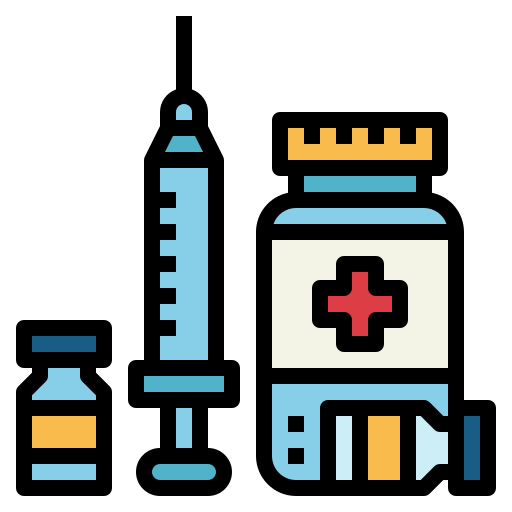Total list (T)
PREGABALIN
- Restriction: Only for use where gabapentin has been ineffective or not well tolerated.
Prescribing Notes:
- Less than 20% of patients prescribed gabapentin or pregabalin will obtain a significant reduction in pain.
- Both gabapentin and pregabalin have the potential to be misused due to the euphoric effects they can produce when taken in high (normally supratherapeutic) doses. Prescribers should be aware of the potential for misuse. Public Health England has produced advice for prescribers on managing the risk of the misuse associated with pregabalin and gabapentin.
- The SMC has restricted the use of pregabalin within NHS Scotland under certain circumstances. Further information can be found at SMC.
Gabapentin
Gabapentin is reserved for use within NHS Lanarkshire where tricyclic antidepressants are:
- Contraindicated
- Not tolerated
- Ineffective despite dose optimisation and a suitable trial period (i.e. 4-6 weeks)
- Unsuitable for individual patients (e.g. due to risk of QT prolongation)
It may be prescribed in combination with a tricyclic antidepressant where neuropathic pain is not adequately controlled by a tricyclic antidepressant alone, but has had a significant benefit (i.e. 30% reduction in pain score, significant improvement in functional ability or sleep pattern).
If response is sub-optimal after 8 weeks at the maximum tolerated dose then gabapentin should be gradually tapered and withdrawn.
In October 2017, the MHRA issued a Drug Safety Update for gabapentin. It highlighted that gabapentin is associated with a rare risk of severe respiratory depression and the dose may need to be adjusted in high risk patients.
Pregabalin
As with gabapentin, pregabalin may be used in conjunction with a tricyclic antidepressant - provided the tricyclic antidepressant is deemed effective.
If gabapentin is ineffective following an 8 week trial of the maximum tolerated dose, a trial of pregabalin may be initiated. Gabapentin should be gradually tapered and withdrawn before commencing pregabalin.
Once an optimised dose of pregabalin has been prescribed for 8 weeks, the patient should be reviewed and efficacy of treatment assessed. Patients experiencing a reduction in pain score less than 30% of baseline or limited improvement in functional ability should have their pregabalin dose gradually tapered and withdrawn.
In April 2022, the MHRA issued a Drug Safety Update for pregabalin- a new study has suggested pregabalin may slightly increase the risk of major congenital malformations if used in pregnancy. Patients should continue to use effective contraception during treatment and avoid use in pregnancy unless clearly necessary.
